
The overhead cast gets a lot of press in fly fishing and rightfully so. It’s highly effective in many situations, looks great, and is fairly simple to learn. But, if the overhead is the leading actor in fly fishing, we think the roll cast is the best supporting actor — really the one who deserves the award. As one of the most effective and underutilized casts in our sport, we think every angler should learn how to effectively roll cast, for a few different reasons.
Best Uses for a Roll Cast
First, and most obviously, the roll cast is perfect for casting a line when you have obstructions behind you, like trees, other anglers, or a high bank. Because it doesn’t require a backcast, you can send the line out without getting tangled. Now, most anglers know the rollcast for this benefit, but there are a few more to consider.
Next, a roll cast is sustainable. It uses less energy than an overhead cast, so you’ll tire out less quickly. Also, by reducing the number of false casts, you’ll also be reducing the number of tangles you’ll encounter. The roll cast is also highly effective at lifting and casting heavier lines like intermediates and sinking lines — and it’s a fairly stealthy cast once you get the hang of it, less likely to spook fish with false casts and hard fly placements.
Lastly, the roll cast is a gateway towards a myriad of other casting techniques, including the dynamic roll, spey cast, snake roll, and more. This beautiful cast teaches the value of loading the rod, using surface tension, and incorporating fluid motion to create power. Once you learn all of those factors, it opens up a new world of casting possibilities.
How to Roll Cast
Now let’s talk about how to actually roll cast. The motion to this technique is fairly simple, but it does require some practice to put it all together. We think it’s best explained by splitting into two parts, which we’ve creatively named Part A and Part B.
Part A
You’ll want to start by getting 15 to 20 feet off of your reel and in front of you. Lift your rod slowly, with increasing speed, until your reel is about at eye level and the rod is pointing at a slight angle away from your head. Now you’ve created the D-loop which, as you’ve probably guessed, creates a ‘D’ shape with the belly of the line sagging behind you. This is where all of your power will come from. The bigger the ‘D’ the more line you’ll be able to shoot across the water and the more energy you’ll need to send it.
Once you’re in this position, the ‘D’ should be in line with your body and the line on the water (also essential), should be pointing in the direction you want to cast your fly. This isn’t a change-of-direction cast, so it’s important to keep everything in as straight of a line as possible.
Part B
Now that you have your D-loop, use a steady accelerating motion to cast the line straight ahead of you. This is the same casting motion as a forward overhead cast, using smooth acceleration to a hard stop, unfurling the line directly over itself to its final destination. Be sure not to overpower your line; just give it enough zip to let the rod do the work.
The key to a proper roll cast is to link Part A and Part B together. While they are two separate parts, you need to link them together through smooth acceleration, starting slow and building up speed until the hard stop on the forward cast. Instead of focusing so much on mechanics, try to feel the line load your road in the backcast before sending it forward. As we mentioned earlier, the roll cast is a perfect way to understand the dynamics of how a fly rod and fly line interact.
Once you are effectively shooting line using the roll cast, you can add a haul to both the backward motion creating your D-loop and the forward cast as well. By integrating a haul into both, using the fluid acceleration, you’ll be able to cover as much distance as you would with most overhead casts.
Unlike an overhead cast, it’s hard to hide behind a roll cast. If you’re not doing it properly, then you’re going to end up with piles of fly line in front of you and that’s about it. While this may sound frustrating, it’s actually a great way to hone in on your casting in general because it forces you to pay attention to casting speed, arm placement, and acceleration. Once you connect the dots on those factors, you’ll be roll casting like a pro in no time.


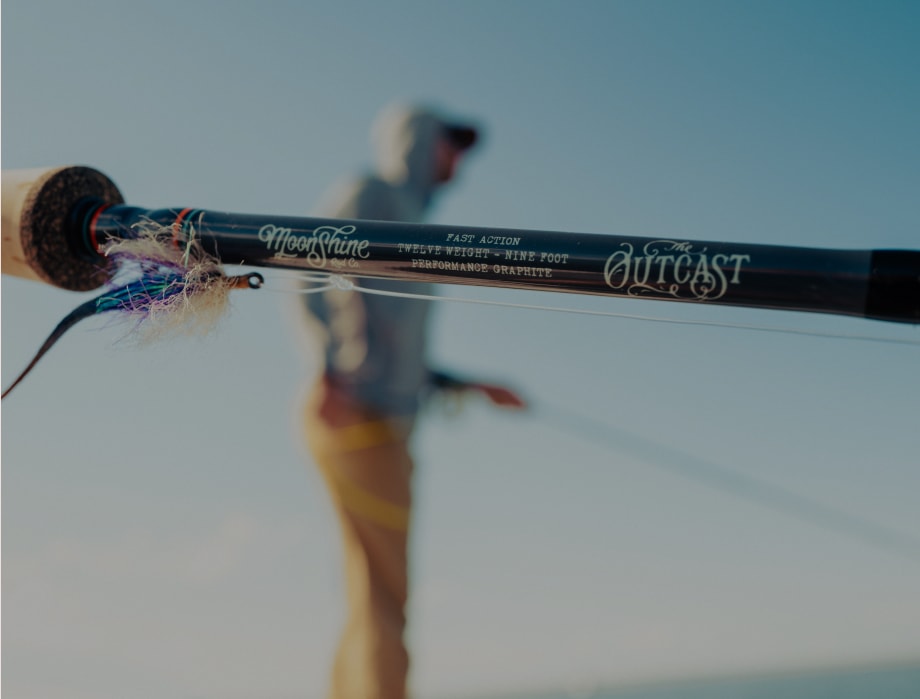
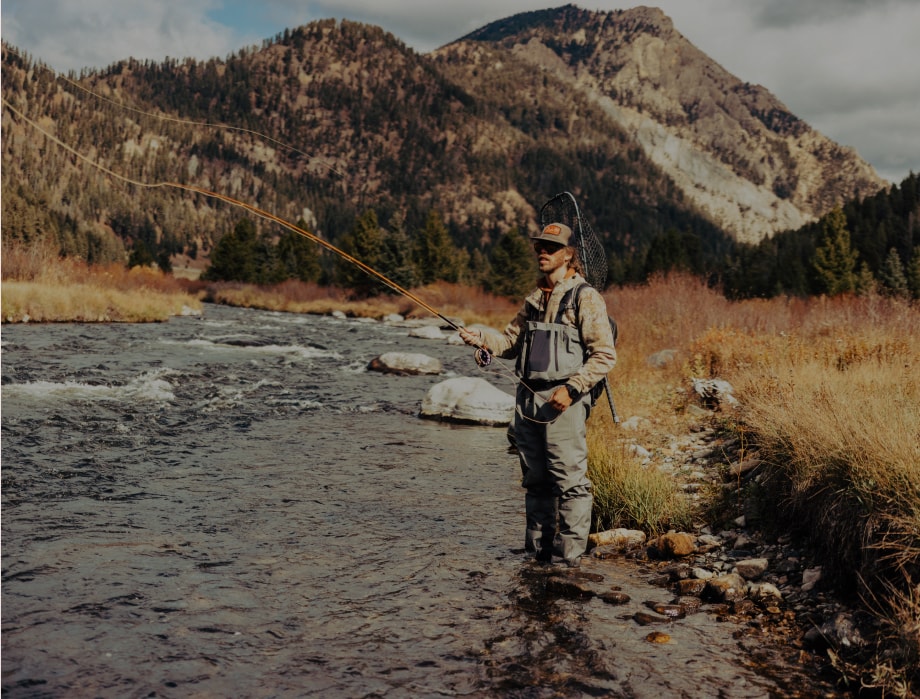
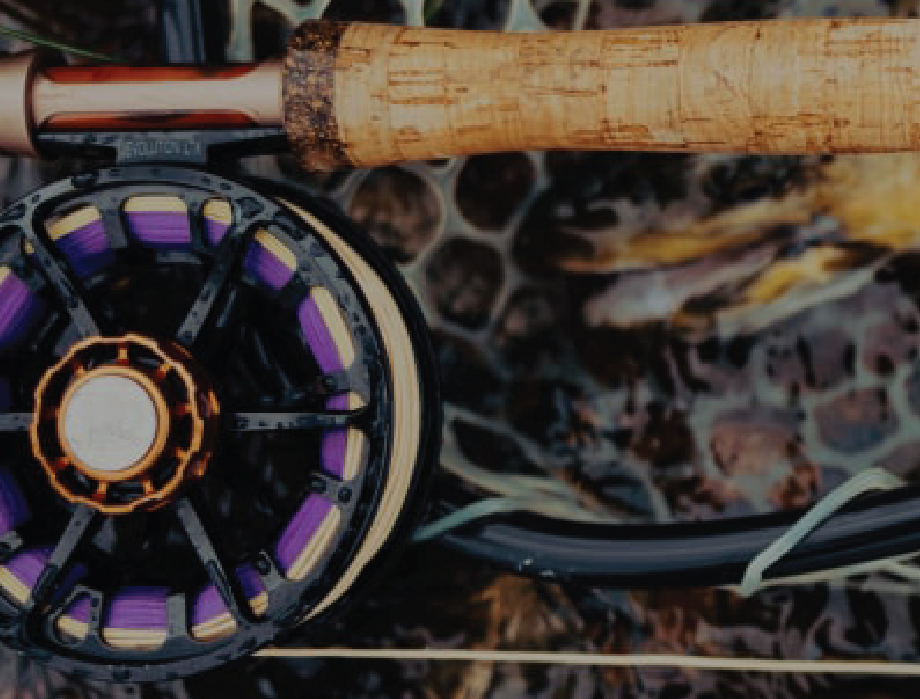


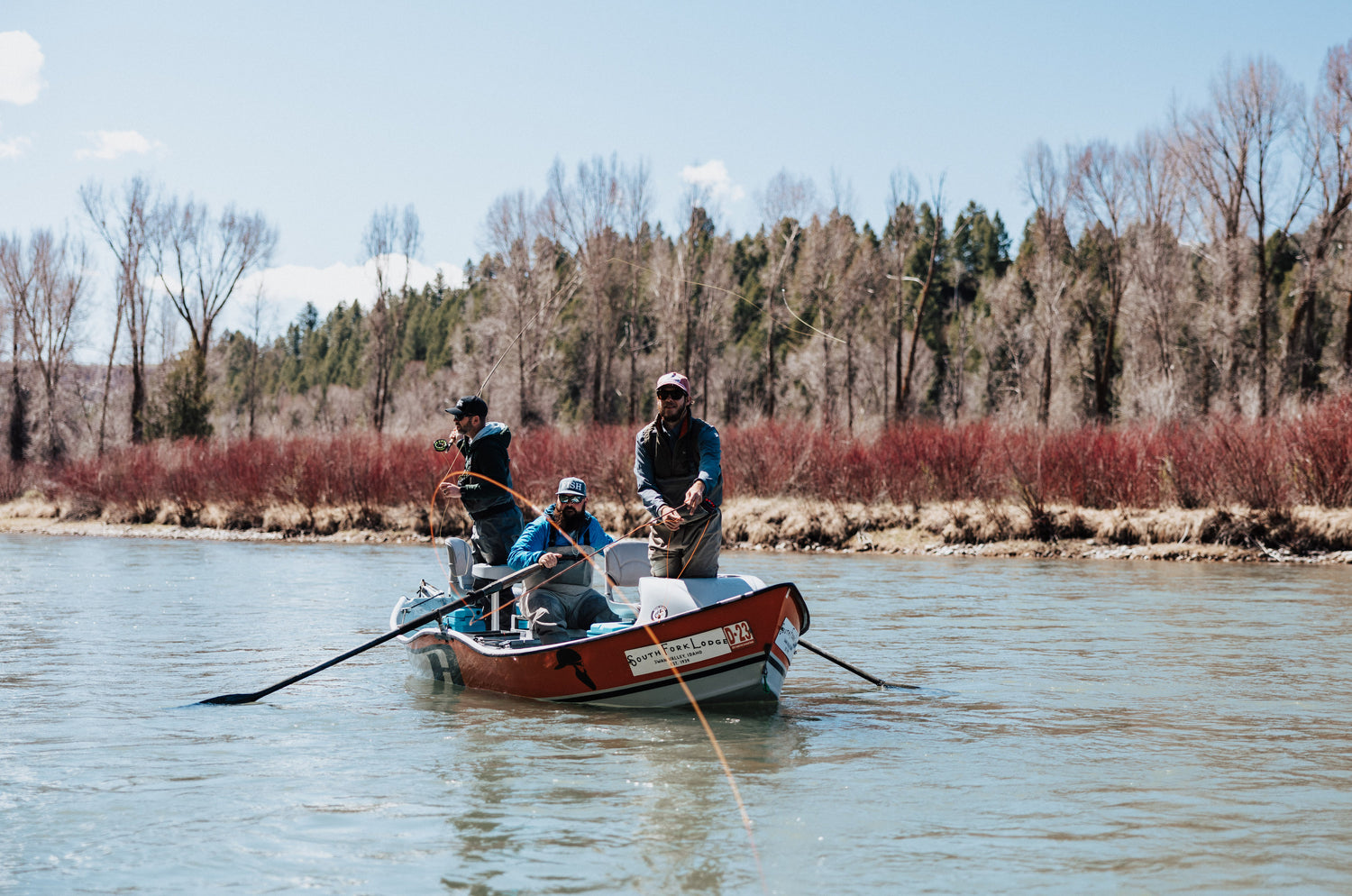
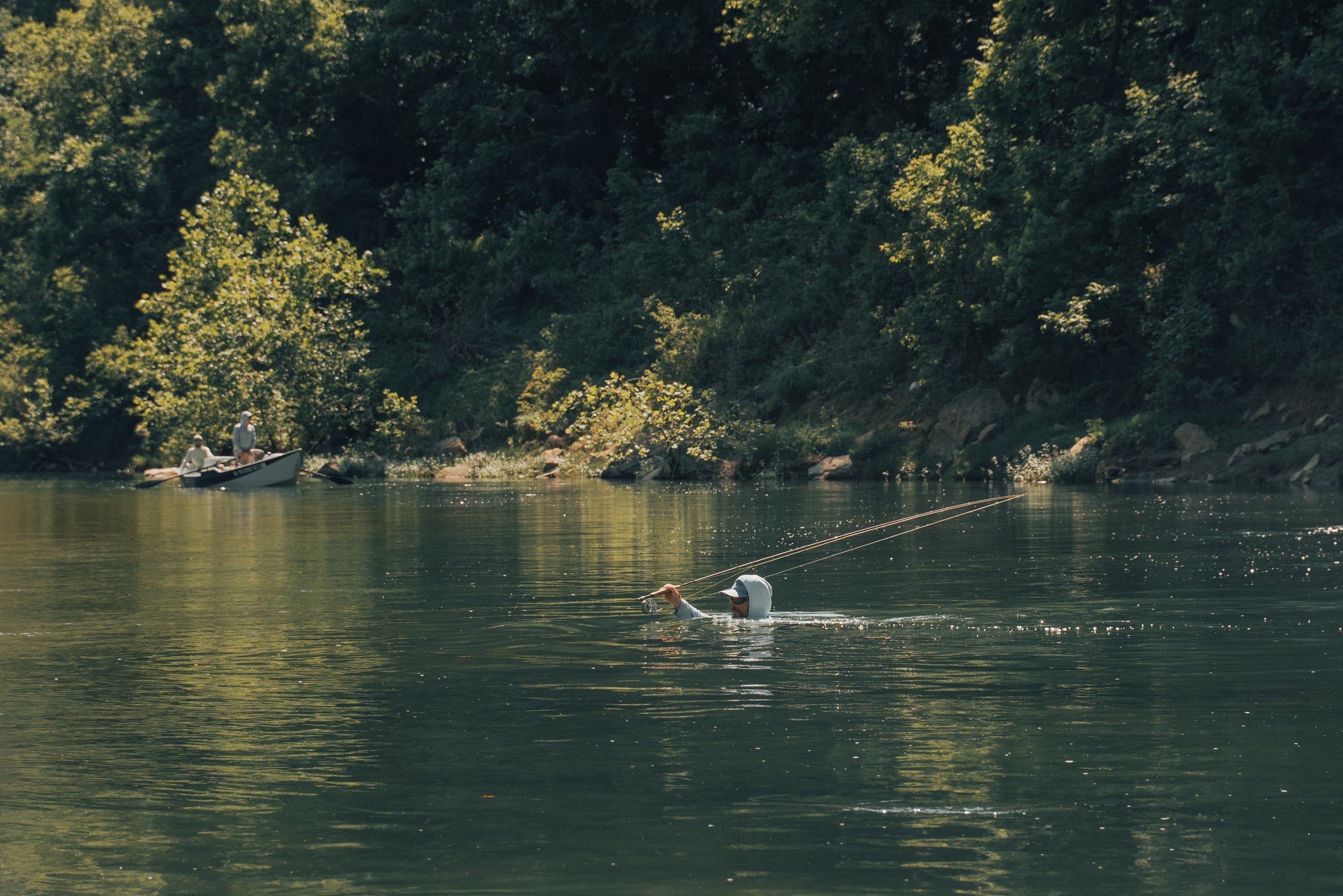
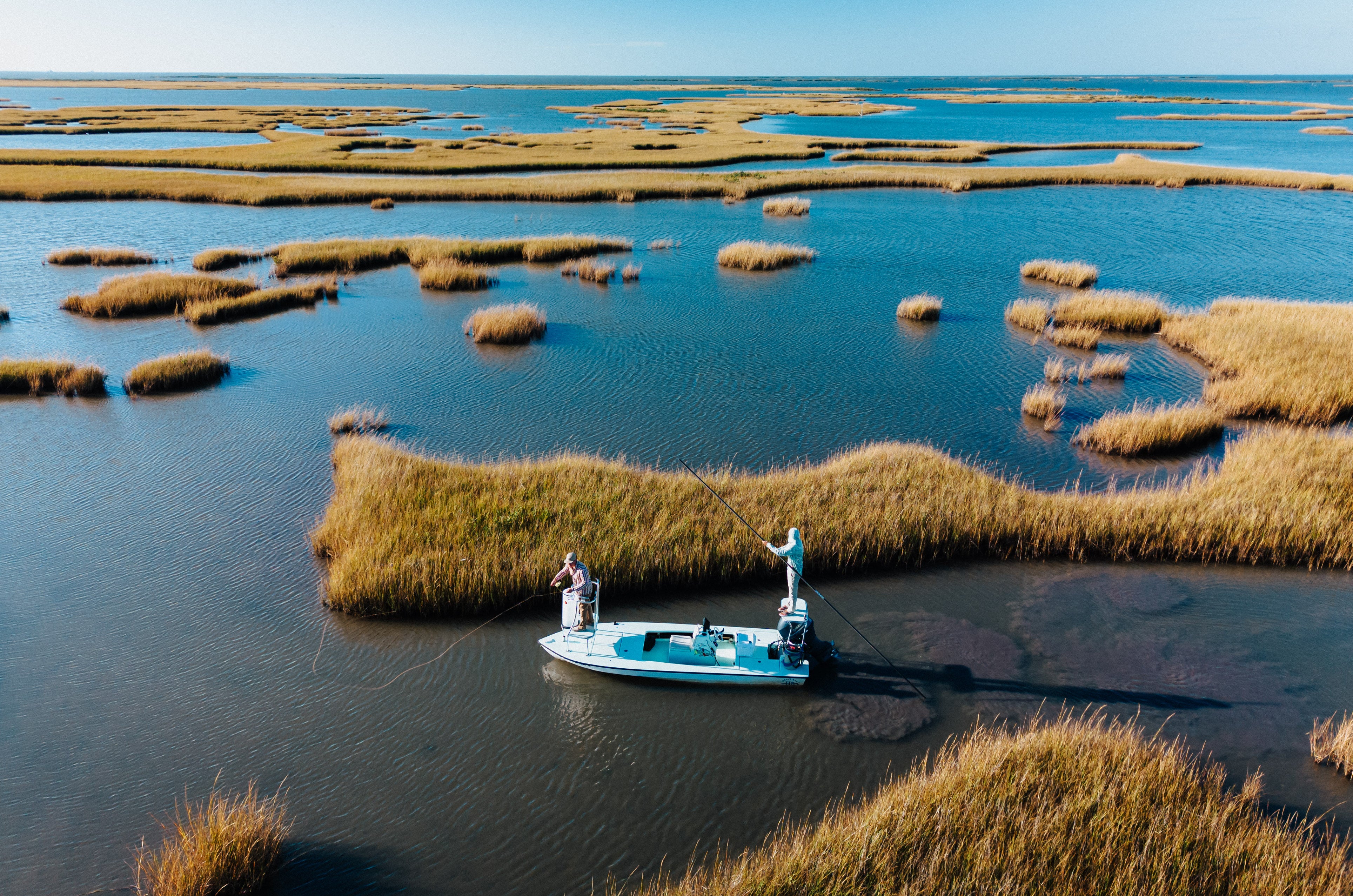
Leave a comment
All comments are moderated before being published.
This site is protected by hCaptcha and the hCaptcha Privacy Policy and Terms of Service apply.